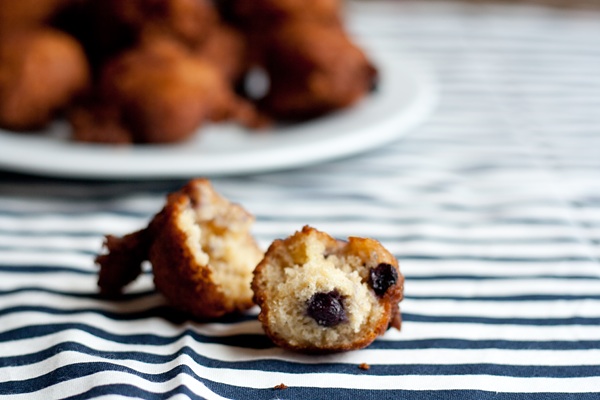It has long been my theory that all the world’s cuisines share a great many methods and techniques that have resulted in similar products popping up all over the world. Astarpungar are the Icelandic equivalent of Doughnuts (or Gulab Jamun or Beignet or Churros or Caribbean dumplings). Whilst their older cousin, the Kleina, is more abundantly available in Icelandic cafes and supermarkets, it is this raisin studded variant, that I found more enjoyable and a darn sight easier to make.
These fried balls of sweetened dough are soft and fragrantly sweet beneath their golden crust. The best Astarpungar I tried in Iceland were delicately flavoured with cardamon, lemon and a hint of vanilla. Traditional recipes only really suggest the addition of the cardamon, but I believe a combination of the three gives a more complex flavour profile that is ultimately more satisfying to eat (apologies to the purists!)
Love Balls are leavened with baking powder as opposed to yeast, meaning there is no real need for proving. In fact the majority I tasted were fairly dense inside, so I am only resting the dough/batter for a short time.
Level: medium
Methods: enriched dough/batter
Skills: deep-frying
Time: 45 min
Makes: around 24 Love Balls
Ingredients
2 eggs
75g caster sugar
1/2tsp vanilla extract
1tsp lemon zest
220g plain flour
3tsp baking powder
1/2tsp salt
1/2tsp cardamom
190ml whole milk
50g raisins (soaked in warm water to plump up)
Method
1. Whisk the eggs, sugar, vanilla and lemon zest in a measuring jug. A fork will do for this job.
2. Sift the flour, baking powder, cardamom and salt together into a large mixing bowl.
3. Gradually add the egg mixture to the dry ingredients, stirring all the time. The mix will still be quite dry at this point.
4. Next, carefully add the milk, to make a thick batter-like dough that can almost hold its shape. You are unlikely to need all of the milk, so work slowly.
5. Fold in the plump, softened raisins. Rest the dough for ten minutes whilst preparing to fry.
6. Preheat a deep fat fryer to 180°C.
7. Use two spoons to shape the dough into crude balls shapes. You may use your hands to perfect the shapes, but use plenty of flour as the dough is sticky.
8. Fry the balls in batches of 6 for 3-4 min, or until they are a delicate golden brown and well puffed. Make sure you turn the balls several times during frying to cook evenly.
Tip: it is advisable to cut open your first Astarpungar, to check it is cooked through. If not, decrease the temperature to 170°C and cook for longer. Undercooked dough is unpleasant to eat and can cause an upset stomach.
9. Remove the balls with a slotted spoon and drain on absorbent kitchen paper.
10. Repeat until all of the dough is used up.




